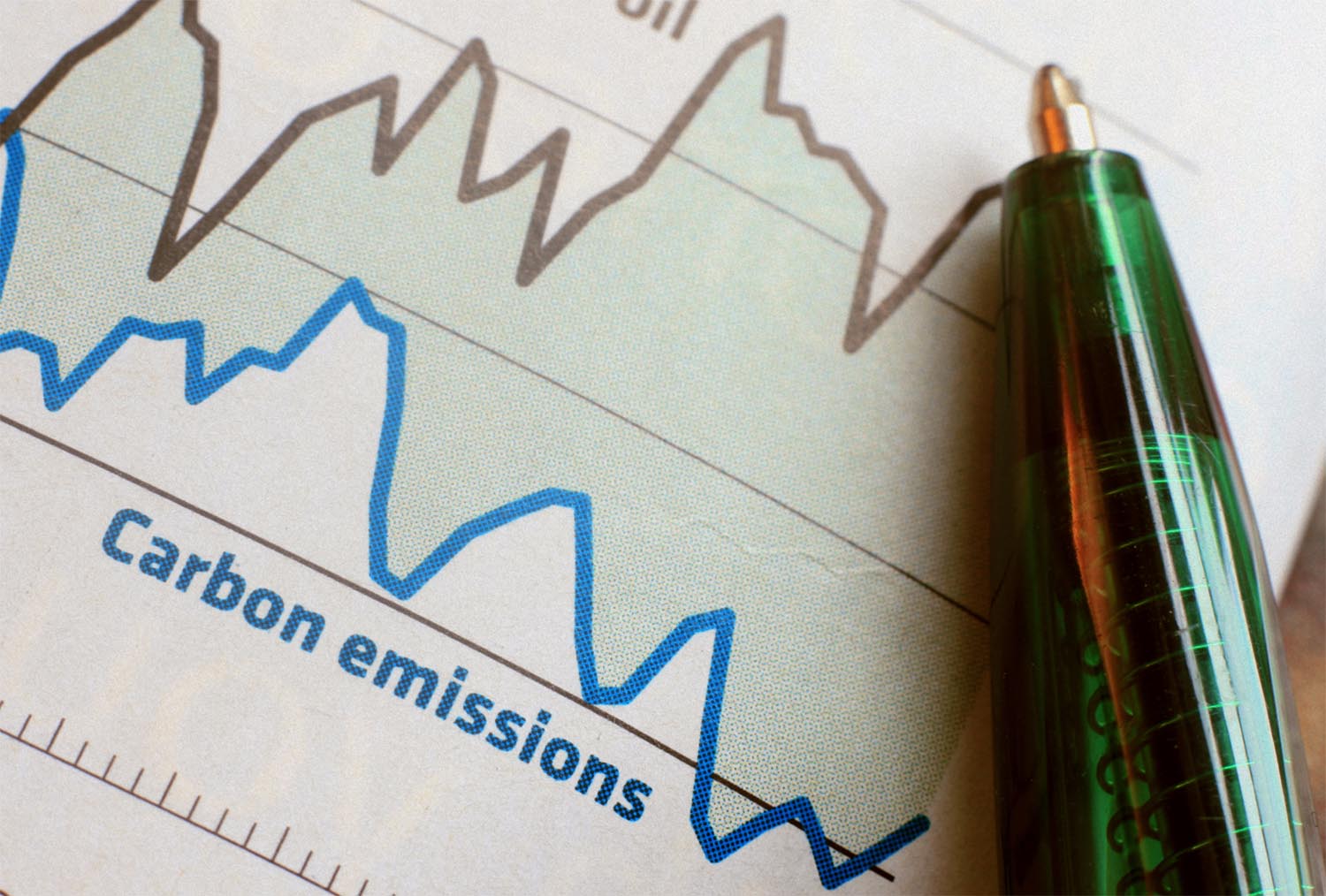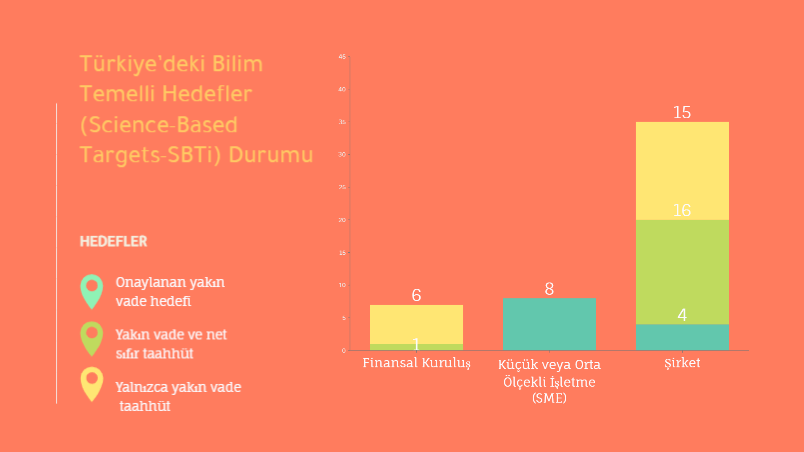As the world becomes more aware of the impact of greenhouse gas emissions on the environment, more and more companies are taking steps to measure and reduce their carbon footprint. The Greenhouse Gas Protocol (GHG Protocol) is the most widely used tool for measuring and reporting greenhouse gas emissions. In this post, we’ll take a closer look at what the GHG Protocol is, how it works, and why it matters.
What is the GHG Protocol?
The GHG Protocol is a set of standards for measuring and reporting greenhouse gas emissions. It was developed by the World Resources Institute (WRI) and the World Business Council for Sustainable Development (WBCSD) to provide a common framework for companies and organizations to measure and report their emissions. The GHG Protocol consists of two standards: the Corporate Accounting and Reporting Standard and the Project Accounting Standard.
- Corporate Accounting and Reporting Standard
The Corporate Accounting and Reporting Standard provides guidelines for companies to measure and report their greenhouse gas emissions. It covers three scopes of emissions:
Scope 1:
Direct emissions from sources owned or controlled by the company, such as emissions from burning fossil fuels or from industrial processes.
Scope 2:
Indirect emissions from the generation of purchased electricity, heat, or steam.
Scope 3:
Indirect emissions from sources not owned or controlled by the company, such as emissions from the production of purchased materials or from employee commuting.
- Project Accounting Standard
The Project Accounting Standard provides guidelines for measuring and reporting greenhouse gas emissions from specific projects, such as renewable energy or energy efficiency projects. It covers four types of projects:
- Renewable Energy
- Energy Efficiency
- Land Use, Land-Use Change, and Forestry (LULUCF)
- Waste Management
Why Does the GHG Protocol Matter?
Implementing the GHG Protocol requires a four-step process:
- Identify the company’s organizational and operational boundaries.
- Identify and categorize the sources of greenhouse gas emissions.
- Calculate the emissions by applying the relevant emission factors and methodologies.
- Report the emissions and any reduction activities.

Companies can use the GHG Protocol’s guidance and tools to implement each step of the process. Additionally, many third-party service providers offer GHG Protocol verification and certification services to help companies ensure the accuracy and completeness of their emissions data.
In conclusion, the GHG Protocol is a valuable tool for companies and organizations to measure and report their greenhouse gas emissions. By following the GHG Protocol’s standards, companies can improve their sustainability, comply with regulations, and enhance their reputation.
How Can Companies Implement the GHG Protocol?
The GHG Protocol matters for several reasons:
Standardization: By providing a common framework for measuring and reporting greenhouse gas emissions, the GHG Protocol allows for consistency and comparability between companies and organizations. This makes it easier for investors, customers, and other stakeholders to evaluate and compare emissions data.
Accountability: The GHG Protocol holds companies and organizations accountable for their greenhouse gas emissions. By measuring and reporting their emissions, companies can identify areas where they can reduce their emissions and become more sustainable.
Compliance: The GHG Protocol is used by governments and regulatory agencies around the world to set emissions targets and regulations. By complying with these regulations, companies can avoid penalties and reputational risks.
Reputation: Customers and other stakeholders are becoming more conscious of the environmental impact of the companies they do business with. By measuring and reporting their emissions, companies can demonstrate their commitment to sustainability and improve their reputation.





